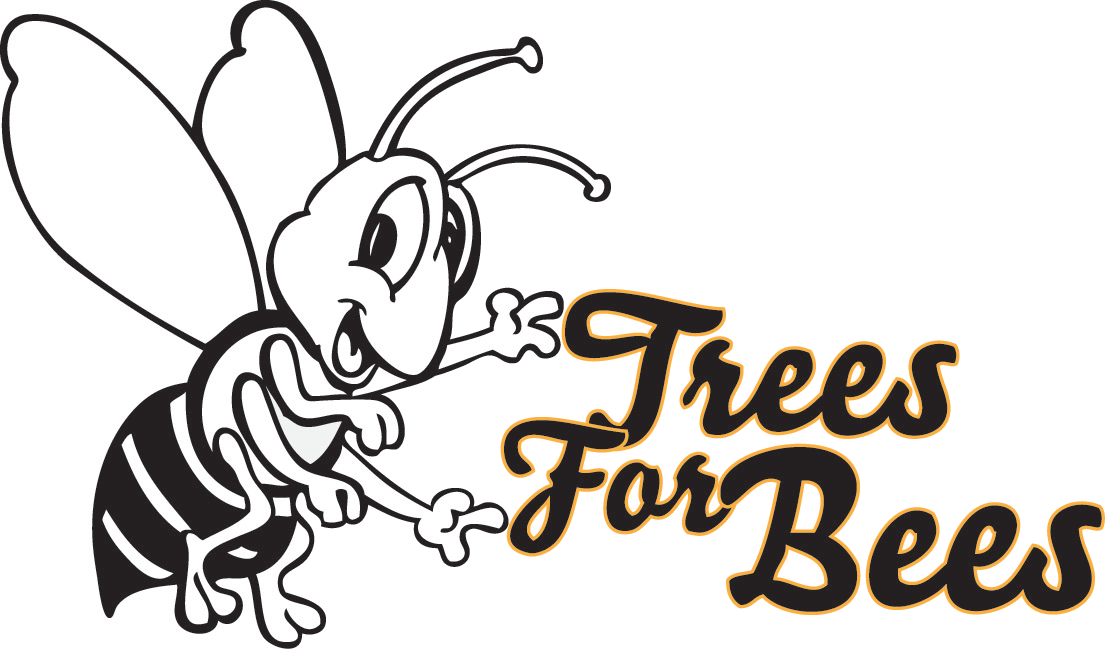Project #2
Flowers for healthy bees in times of pollen dearth
The project aims to improve honey bee health by increasing the availability of nutritious pollen sources by:
identifying good Bee Plants that have protein-rich pollen and flower at the right times especially when there is a pollen shortage
trialing the use of good Bee Plants that are the most practical plants for farms
encouraging farmers to plant good Bee Plants to protect and support bees.
What is the Issue?
Pollination is critical to the horticultural and agricultural sectors of the New Zealand economy. Honey bee colony losses are increasing worldwide due to many stress factors such as diseases, misuse of pesticides and malnutrition in bees. These stress factors are present in New Zealand particularly the ongoing problem of Varroa mite now spreading through the South Island.
Protein is critical to the honey bee’s survival and good health. Pollen is the main source of protein in the natural diet of bees, so it is important to ensure that they have a diverse and abundant supply of flowers with the best protein-rich pollen. A poor diet and malnutrition compromises the bee’s ability to withstand long term stresses such as Varroa and to resist diseases.
The availability of pollen for honey bees has decreased with modern farming practices because of the removal of traditional flowering trees and shrubs on farms. In addition, weed elimination programs have decreased the availability of traditional pollen sources such as gorse and broom. Replacement pollen for these weedy species needs to be found urgently because a shortage of protein-rich pollen during spring build up of honey bee populations affects the number of bees available for crop and pasture pollination.
This combination of a shortage of floral resources and an increase in stresses from bee pests and diseases is serious for the future of honey bees in New Zealand. It is important that farmers help protect the future of farming by playing their part in supporting honey bees.
Context & Background
If the environment does not provide sufficient protein-rich pollen sources for building up honey bee colonies then pollination will be compromised and in some areas non-existent. Therefore yields of crops will be decreased and some pastures may lack beneficial legumes such as white clover.
Both farmers and beekeepers are facing decreased profitability. Farmers are concerned about an increasing insecurity of pollination for crops and mixed pastures. Beekeepers are concerned about the rising costs of pest and disease control as well as bee nutrition. Artificial protein supplements to replace the lack of floral resources are expensive and often inferior to diverse natural pollen sources. Pollination is becoming more expensive and beekeepers are unwilling to place bees on farms that are not “bee friendly”.
Farmers need information on suitable plants with protein-rich pollen that they can use on their farms. As well as being beneficial to bees, a number of the plants will offer other direct sustainability benefits to farmers including shelter, timber, forage, and carbon credits. The information on the best Bee Plants can be extended to Regional Councils and others such as life style block residents.
Methods
Determine the crude protein percentage in pollen for the candidate species based on literature searches, field collections and lab analyses.
Evaluate the practicality, usefulness, and growing requirements of candidate plants and store this information in a database along with information from beekeepers on the attractiveness of the flowers to honey bees.
Implement selected planting trials on demonstration farms to determine the value of the plants to the farmers and the bees.
web delivery
by fact sheets and brochures at farmer events
on request to any interested parties.
Disseminate information from the database and demonstration trials

